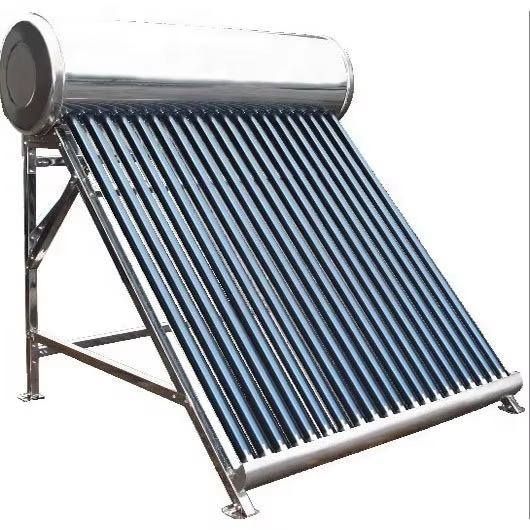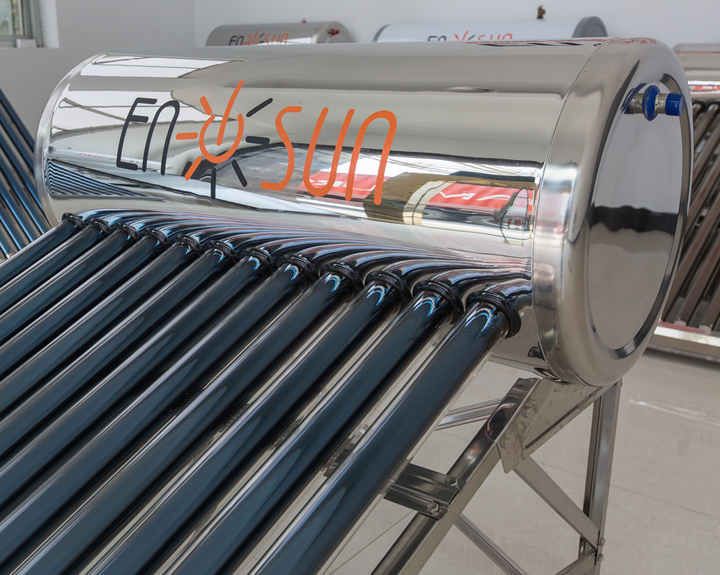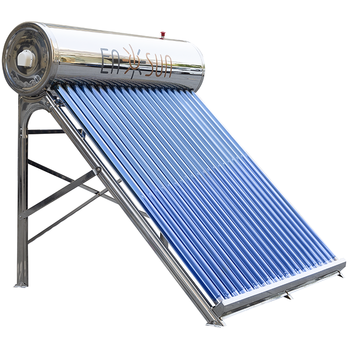Non-Pressure Solar Water Heater
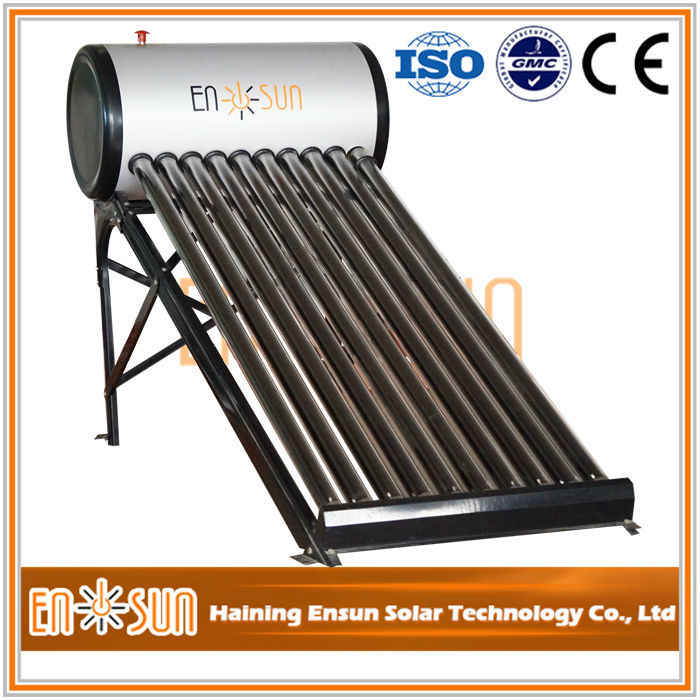
Overview of Non-Pressure Solar Water Heater
Non-Pressure Solar Water Heaters are an eco-friendly, cost-effective solution designed for the efficient heating of water using solar energy. These systems operate without the need for a pressurized water circuit, relying on gravity to circulate the water through the solar collector, making them ideal for residential and low-demand commercial applications. This type of water heater is easy to install, offers excellent reliability, and provides a sustainable alternative to conventional water heating methods.
Non-Pressure Solar Water Heaters are typically more affordable than pressurized systems, with lower maintenance requirements and a simpler design. By utilizing free solar energy, these heaters help reduce energy consumption and carbon footprints, making them a preferred choice for environmentally-conscious users.
What is a Non-Pressure Solar Water Heater?
A Non-Pressure Solar Water Heater is a passive solar heating system that uses solar energy to heat water without requiring a pressurized circuit. It works by using gravity to circulate water through a solar collector, where it is heated by the sun. The heated water then flows into a storage tank.
Non-Pressure systems are particularly effective in areas with low to moderate water demands and where high pressure is not necessary. This design minimizes the risk of wear and tear, which helps reduce long-term maintenance costs. The simplicity of the system allows for easy installation, making it a popular choice for residential buildings, small hotels, and rural locations.
Components of Non-Pressure Solar Water Heater

-
Solar Collector The solar collector is the core component of the system, where sunlight is absorbed and converted into heat. It typically uses evacuated tubes or flat-plate collectors to capture solar energy. The collector is designed to maximize energy absorption while withstanding varying weather conditions.
-
Water Tank The water tank is where the heated water is stored. In non-pressure systems, the tank is often located higher than the collector to utilize gravity for water flow. The tank is usually insulated to reduce heat loss, ensuring that hot water is available when needed.
-
Connecting Pipes The pipes connect the solar collector to the water tank, allowing the water to flow freely. In a non-pressure system, the water is circulated based on the natural flow of gravity, requiring minimal mechanical components.
-
Mounting Frame The mounting frame supports the solar collector, positioning it at an optimal angle to maximize sunlight exposure. The frame is typically made of galvanized steel or aluminum, materials that resist corrosion and offer durability.
-
Thermal Insulation Insulation is critical to ensure minimal heat loss from the water tank and the pipes. Non-Pressure Solar Water Heaters often use materials like polyurethane foam or rock wool to ensure that heat is retained as long as possible.
Advantages of Non-Pressure Solar Water Heater

-
Cost-Effective Non-pressure solar water heaters are generally more affordable than pressurized models, both in terms of initial installation and long-term maintenance. This makes them an attractive option for homeowners and small businesses.
-
Simplicity and Reliability The design of non-pressure systems is straightforward, with fewer components and no need for a pressure pump. This results in higher reliability and fewer mechanical failures over time.
-
Energy Efficiency By harnessing the sun’s energy, non-pressure solar water heaters provide a sustainable and efficient way to heat water. They contribute to reduced reliance on fossil fuels and decrease overall energy costs.
-
Low Maintenance The absence of pressurization reduces wear and tear on components, making non-pressure systems relatively easy to maintain. Routine checks and cleaning of the solar collectors are often all that is needed to keep the system functioning optimally.
-
Environmentally Friendly Using solar energy to heat water reduces carbon emissions, making non-pressure solar water heaters a green choice for sustainable living. These systems help homeowners and businesses lower their ecological footprint.
-
Adaptable to Different Environments Non-Pressure Solar Water Heaters are versatile and can be installed in a variety of settings, including homes, villas, farms, and rural areas where grid power may be unreliable or expensive.
Common Problems with Non-Pressure Solar Water Heater
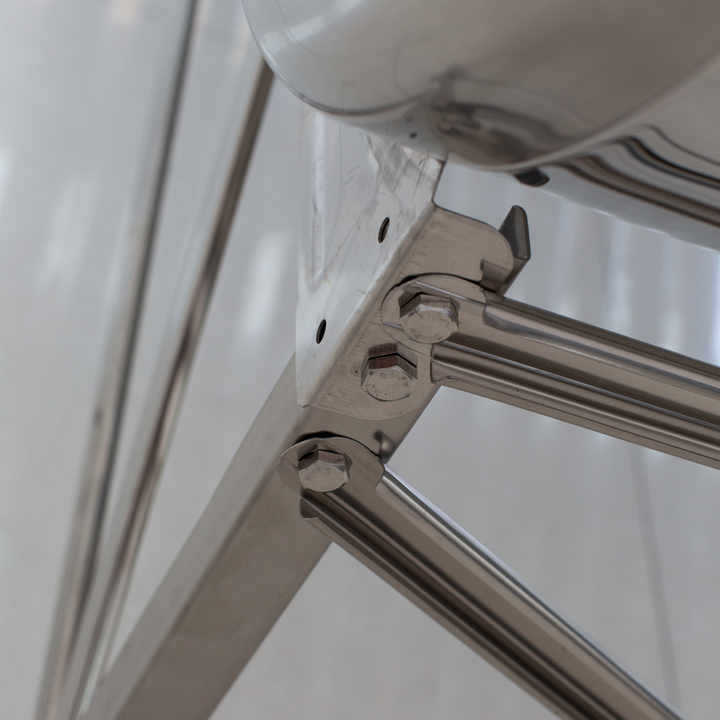
-
Limited Capacity Non-pressure systems are best suited for low-to-moderate water demand. They are not ideal for large buildings or industrial applications where high-pressure water is required for consistent water flow.
-
Dependency on Sunlight Like all solar energy systems, the performance of a non-pressure solar water heater depends on the availability of sunlight. In regions with long cloudy periods or insufficient sunlight, these systems may not provide the same level of hot water output as they would in sunnier climates.
-
Water Temperature Variability Since the water is not pressurized, temperature fluctuations can occur, particularly when there is a high demand for hot water or on days with limited sun exposure.
Smart Integration of Non-Pressure Solar Water Heater
While non-pressure systems are generally simple in design, they can be enhanced with additional features for greater performance and convenience. For instance, integrating a temperature sensor or a smart controller can allow users to monitor water temperature and optimize heating times based on the weather forecast. Some models also offer auxiliary heating elements for backup during cloudy days, ensuring a continuous supply of hot water.
Factors to Consider When Buying Non-Pressure Solar Water Heater
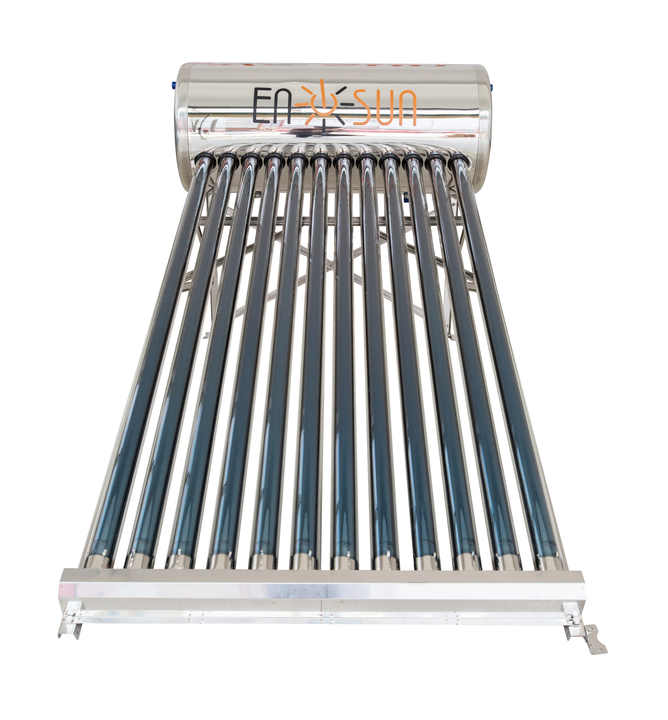
-
Solar Collector Type Choose between evacuated tube collectors, flat plate collectors, or other types, depending on your climate and aesthetic preferences. Evacuated tubes are more efficient in colder climates, while flat plates are ideal for warmer regions.
-
Tank Size Consider the amount of hot water your household or business requires. Non-pressure systems are available in various sizes, from 100L to 500L or more, allowing you to select a system that fits your specific needs.
-
Insulation Quality The insulation of the tank and pipes plays a key role in maintaining water temperature. Look for models that feature high-quality, durable insulation to prevent heat loss.
-
Mounting Options Ensure that the system can be easily mounted on your roof or any other suitable location. Many non-pressure systems offer flexible installation options, including flat roof and sloped roof configurations.
-
Warranty and Support Check the warranty provided by the manufacturer, as well as their reputation for customer support. A strong warranty ensures peace of mind in case the system requires any repairs or replacements.
Cost of Non-Pressure Solar Water Heater
The cost of non-pressure solar water heaters varies depending on the size of the tank, the type of solar collector, and the brand. On average, the price range for these systems falls between $300 and $1,500. While the initial investment may seem high, the long-term savings in energy costs and maintenance make them an economically viable option.
Conclusion

Non-Pressure Solar Water Heaters offer a practical, energy-efficient, and cost-effective solution for heating water. These systems are ideal for homes and small businesses seeking to reduce their reliance on conventional energy sources while benefiting from the free power of the sun. With easy installation, low maintenance, and eco-friendly benefits, non-pressure systems provide a reliable hot water solution for a variety of applications.


